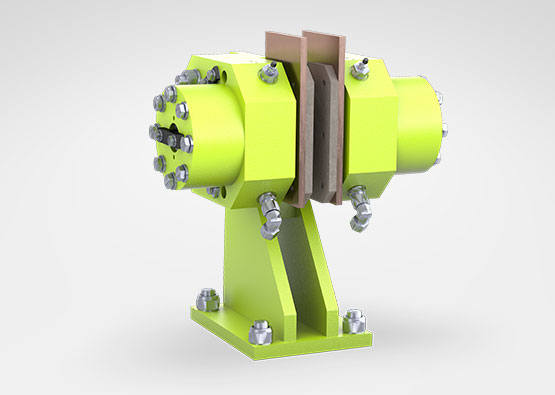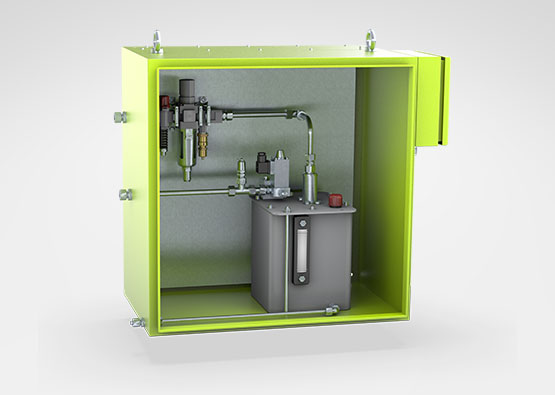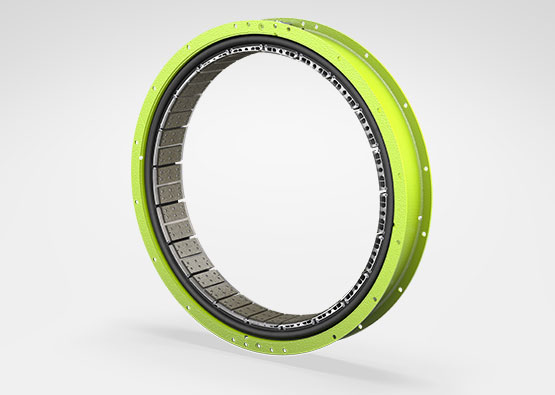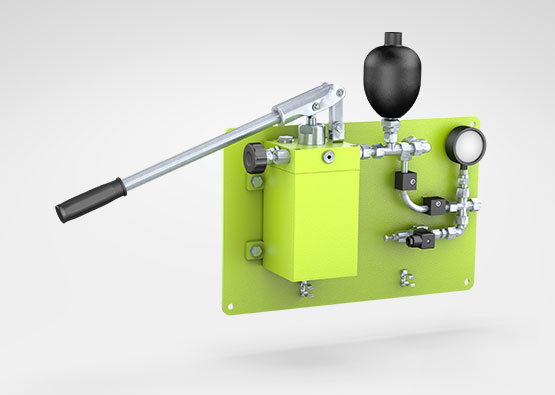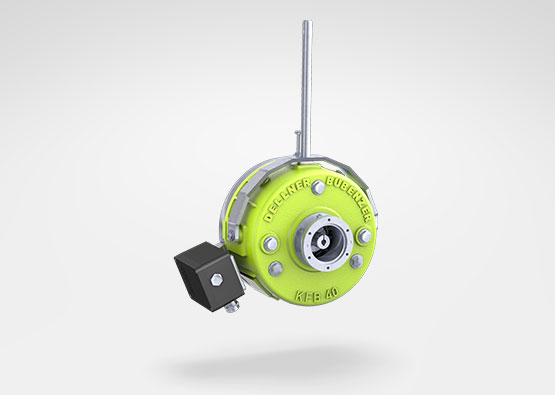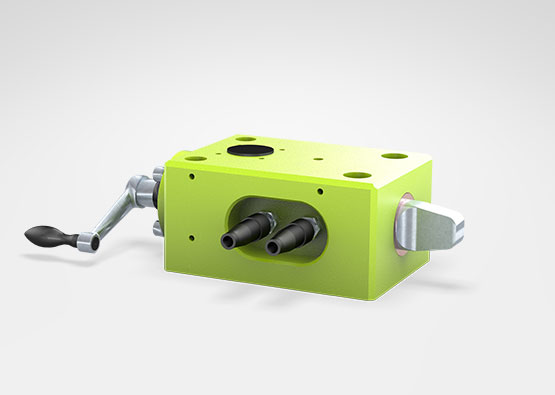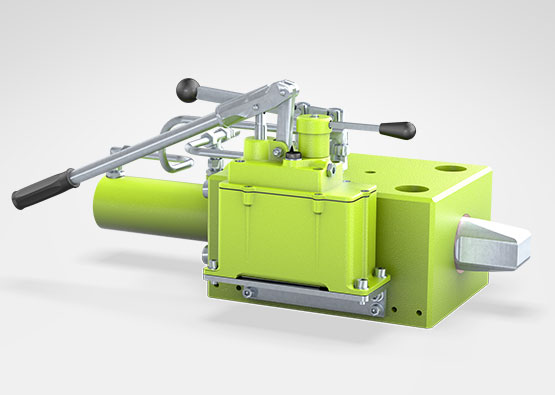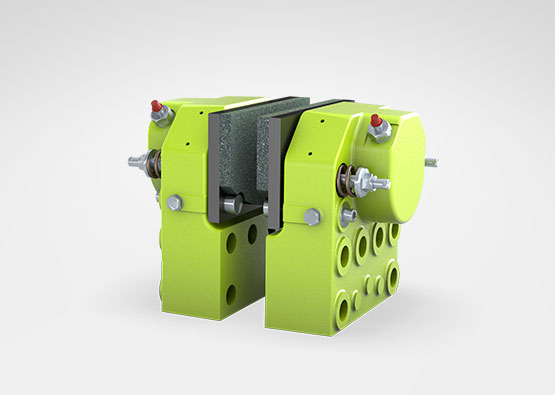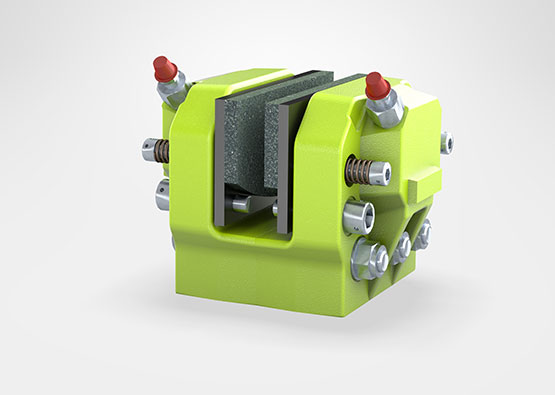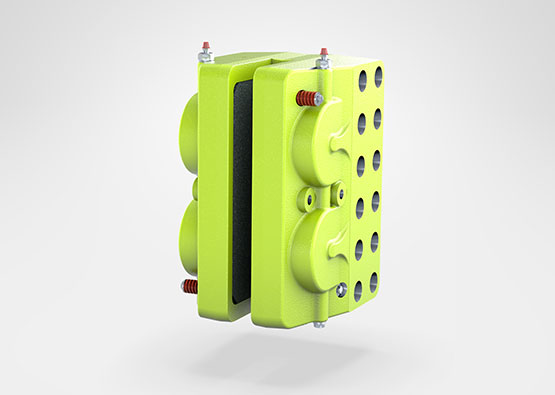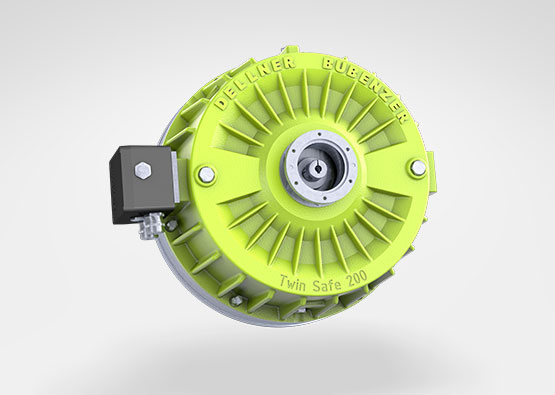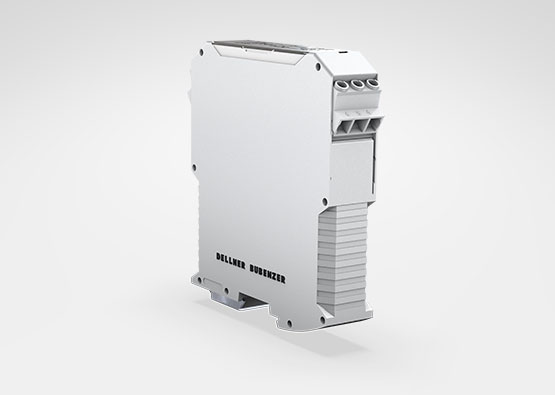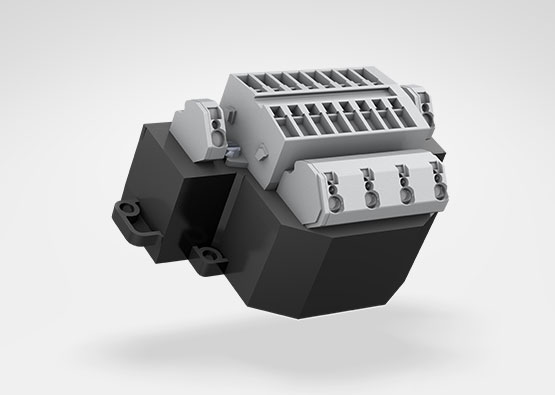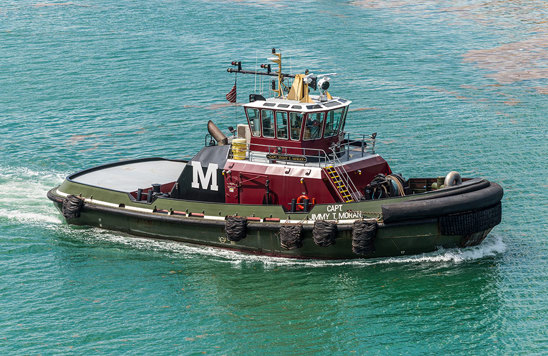Precision Engineered for Marine Propulsion
DELLNER BUBENZER’s innovative Stopping, Turning, Locking (STL) systems for marine propulsion shafts can be found in vessels of all types. The benefits of STL include: enabling swift directional changes with maximum maneuverability, lowering fuel consumption, loading reduction on propulsion systems and expediting routine maintenance faster without compromising safety. DELLNER BUBENZER also offers a range of high-quality pneumatic drum clutches and brakes for use on reverse reduction gears, propulsion shafts and hydraulic pump drives.
The high capacity of these brakes makes them particularly suitable as service- or secondary emergency brakes e.g. on hoists, slewing drives and belt conveyors.
Compactus is a pneumatically operated hydraulic pump system that multiplies pneumatic line pressure into hydraulic pressure that is sufficient to operate pressure applied disc brakes at rated capacity.
The DB hydraulic power packs deliver pressure up to 200 bar and can be delivered with optional hydraulic cabinets and electrical terminal boxes.
The FK is well suited as a clutch or brake for a variety of high speed and low to medium torque power transmission applications where high heat generation is not a factor.
The FKT is well suited for applications with the most demanding equipment where severe clutching and braking is required.
The FM is designed and manufactured for marine applications, mainly for use on diesel-driven reduction gears.
Our hand pump can be used to simply activate the Dellner brake calipers. It also acts as a back up system for the primary pressure supply system.
The KFB is a spring applied safety brake which is mainly used in gantry, trolley and hoisting application on harbour crane systems, in dynamic and static use at general industrial applications, in mechanical engineering, steel mills, coal mining or wind energy systems.
Models within LM series (locking devices) are fail safe and used to mechanically lock a rotational or linear application in a controlled position.
Models within LM sere (locking devices) are fail safe and used to mechanically lock a rotational or linear application in a controlled position.
For many years a seawaterproof version of the SFB series has been used successfully on winch motors in ship building and as a safety, service or holding brake in wharf crane installations.
DELLNER BUBENZER's model SKD disc brakes are direct acting, hydraulic or air pressure applied, spring released units.
DELLNER BUBENZER's model SKD disc brakes are direct acting, hydraulic or air pressure applied, spring released units.
DELLNER BUBENZER's model SKD disc brakes are direct acting, hydraulic or air pressure applied, spring released units.
DELLNER BUBENZER's model SKD disc brakes are direct acting, hydraulic or air pressure applied, spring released units.
DELLNER BUBENZER's model SKD disc brakes are direct acting, hydraulic or air pressure applied, spring released units.
DELLNER BUBENZER's model SKDe disc brakes are direct acting electric applied, spring released units.
DELLNER BUBENZER's model SKDe disc brakes are direct acting electric applied, spring released units. The braking force achieved is directly proportional to the applied pressure.
The STL Systems are "multi-function" units, all contained within one interface. It is indeed a modular system that you can choose the function(s) needed. All from single, S (Stopping) T (Turning) or L (Locking) functions.
The Twin Safe is our larger torque twin disc variation of our classic reliable SFB series, used successfully on winch motors in ship building and as a safety, service or holding brake in wharf crane installations.
Half Wave & Full Wave rectifiers for Din rail or panel mounted rectification.
Protective element to be connected parallel to the output of the rectifiers BGL, EGL and SGL to increase the interurruption capacity
Din rail mounted unit switches from bridge rectification to half-wave rectification

